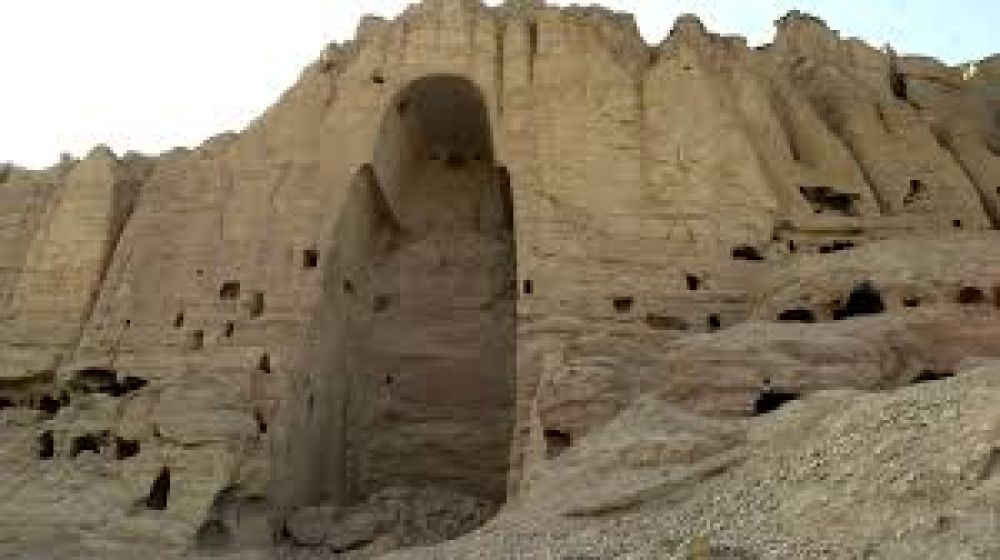

The Buddhas of Bamiyan were once resplendent examples of the blending of Greek, Roman, Indian, and Islamic artistic styles in the region of Bamiyan, Afghanistan. These colossal Buddha statues, measuring 55 and 37 meters in height, were carved into the side of a cliff in the Bamyan valley in the 6th century and stood as sentinel marvels of the ancient world and a significant testament to the cultural and religious history of the region.
For centuries, the Buddhas of Bamiyan were a major cultural landmark and a site of pilgrimage, not only for Buddhists but also for travelers from around the world. The site featured intricate caves and murals that date back to the 5th century. However, the turning point for the Buddhas and the tourism in the region came in 2001 when the Taliban, deeming the statues idolatrous, demolished them using dynamite. Despite this tragic event, the site of the Buddhas continues to hold immense historical significance and has continued to attract visitors interested in the cultural heritage of Afghanistan.
The area where the statues once stood remains a powerful symbol of cultural resilience, and efforts have been made towards stabilization and conservation. Indeed, the site has been listed as a UNESCO World Heritage site in danger, further emphasizing its importance and the need to preserve what is left of this once magnificent wonder.
In the wake of the destruction of the statues, tourism faced a steep decline due to security concerns and political instability in the region. However, with security measures enhancing and international attention towards the preservation of the site, tourism has seen a slow but hopeful revival. Apart from the historical significance, the stunning landscapes and natural beauty of the Bamiyan valley continue to draw adventurous travelers.
One of the latest trends in tourism at Bamiyan is cultural heritage tourism which aims to foster a connection between visitors and the historical significance of the site, including the narratives of the local communities. Virtual and augmented reality experiences are also being developed, allowing for a digital recreation of the statues and providing a glimpse into what they once were.
Eco-tourism is another facet that is gaining popularity in the Bamyan region. Travelers are being increasingly drawn to the untouched natural beauty and the opportunities for outdoor activities like hiking, rock climbing, and skiing, which the Hindu Kush mountain ranges offer.
Even with these developments, it is important to note that travel to Bamiyan is limited and potential visitors must thoroughly research and take into consideration travel advisories and safety recommendations before planning their visit.
Today, the legacy of the Buddhas of Bamiyan stands as a poignant reminder of Afghanistan’s rich and diverse history. While the absence of the statues is deeply felt, Bamiyan continues to be a beacon of cultural heritage tourism and offers an unmatchable experience for those willing to embark on the journey.